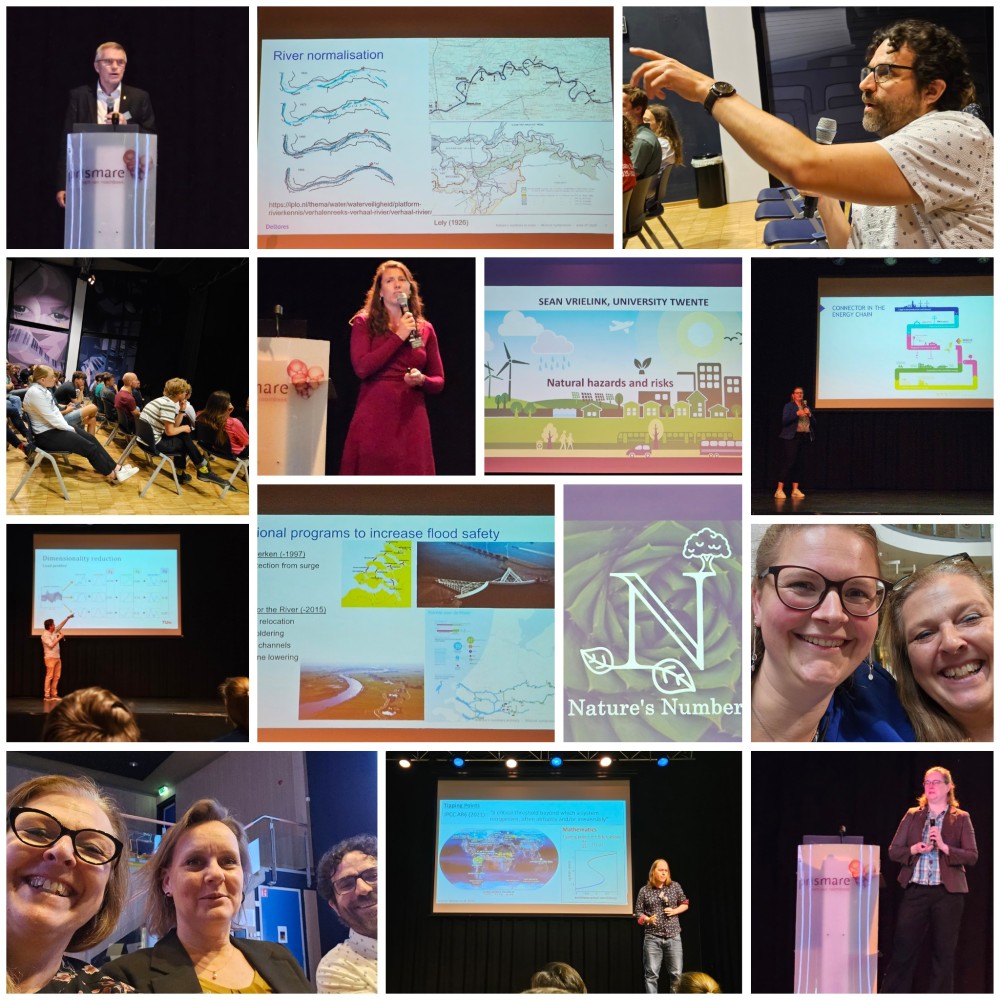Text & photo's by Diana Dalenoord
Nature’s Numbers: A Symposium Full of Insight and Inspiration
Did you miss this year’s Abacus Symposium on 4 June? Here’s a short recap of what made Nature’s Numbers such a memorable day for everyone involved.
The organising committee put together an inspiring programme packed with fascinating talks on the connection between mathematics, nature, and sustainability. Even better: several speakers were UT-AM alumni themselves! The event was hosted by Professor Johann Hurink, who introduced each guest with insight and enthusiasm.
💧 Natural Risks and Human Choices
Sean Vrielink (UT-CEM lecturer) opened the day with a powerful statement:
"There are no such things as natural disasters." She explained that while natural hazards happen on their own, it’s often poor risk planning that turns them into disasters. Sean also clarified one of those mysterious terms: what exactly is a “1-in-100-year flood”?
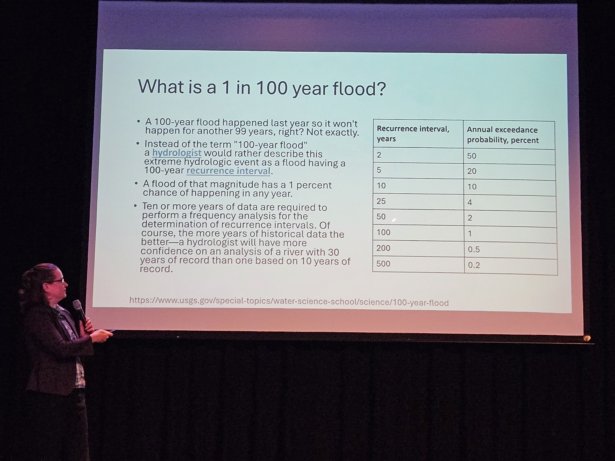
🧬 Traces in Water
Fleur van Alphen (AM’23), a data scientist at Witteveen+Bos shared how environmental DNA is used to map biodiversity. From fish scales to tiny traces left by animals at the water’s edge, everything can be detected in a simple water sample. This data feeds into dashboards created for Dutch water boards, enabling them to track changes in their ecosystems.
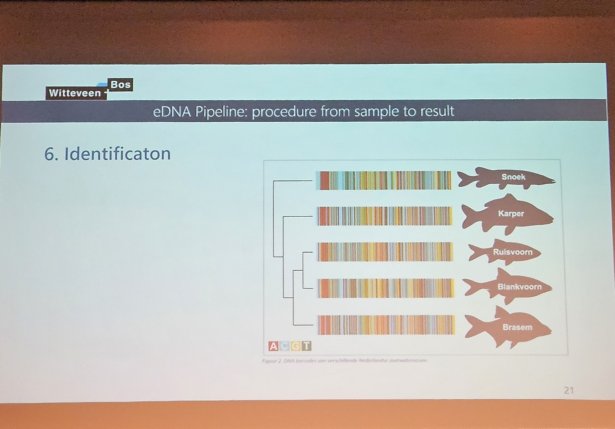
🌍 When Systems Shift
Robbin BastiaansenAssistant Professor at Utrecht University, tackled tipping points. How close are we to an Earth that could freeze over, or a rainforest becoming a desert? His talk showed the urgency — and mathematical complexity — behind predicting such shifts.
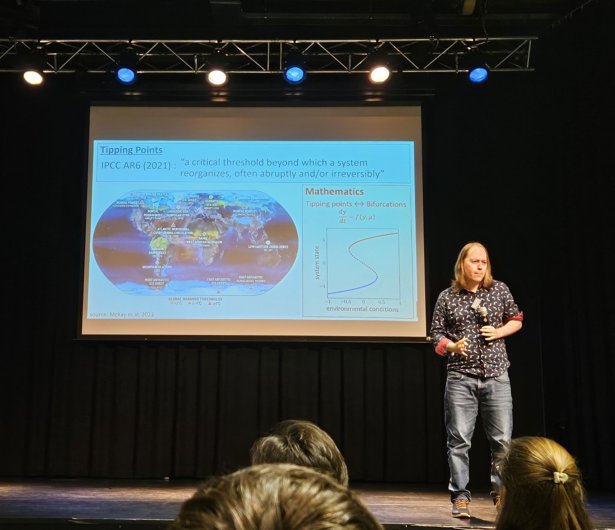
⚡️ The Power of Data
Femia van Stiphout (AM’16) and Mauricio Salazar from Enexis explored the energy transition. As the Netherlands shifts away from gas and more people generate solar and wind energy, managing the power grid becomes more complex. Detecting anomalies in huge volumes of sensor data is critical, and that’s where mathematics plays a starring role.
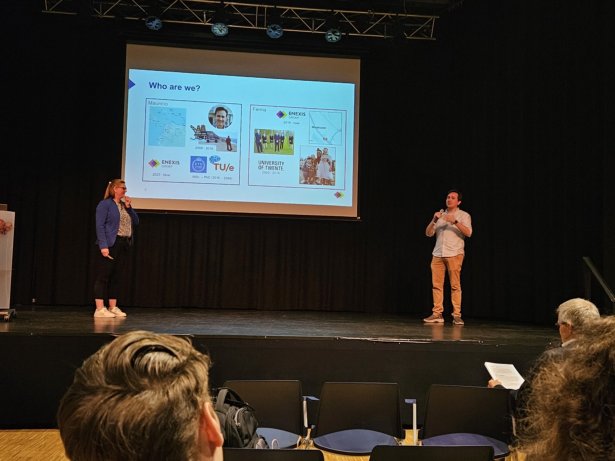
🌊 Keeping Our Rivers in Check
Finally, Willem Ottevanger (AM’05) from Deltares took us into the world of river dynamics. Climate change is associated with increased droughts and floods. Using measurements from e.g. the Meuse, Rhine, and IJssel rivers, Willem showed how data helps strengthen dikes, manage sediment, and even design parallel waterways to prevent flooding — all crucial for safe navigation and water management.
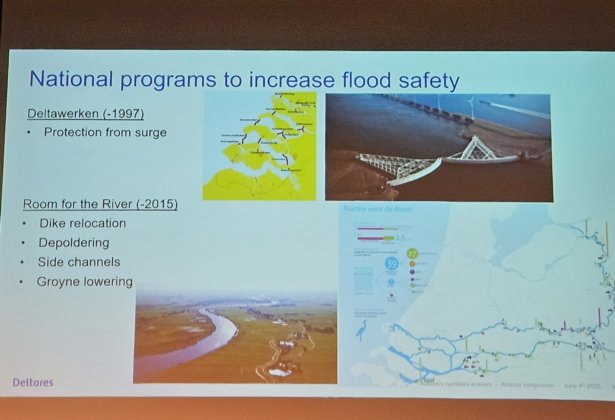
By the end of the day, we had travelled through rivers, forests, floodplains, and power lines, guided by mathematics every step of the way. And of course, it was a joy to catch up with the alumni in between sessions.
🎉 A huge thank you to the organisers and speakers for a fantastic day. Events like this show how relevant and diverse the field of Applied Mathematics truly is.
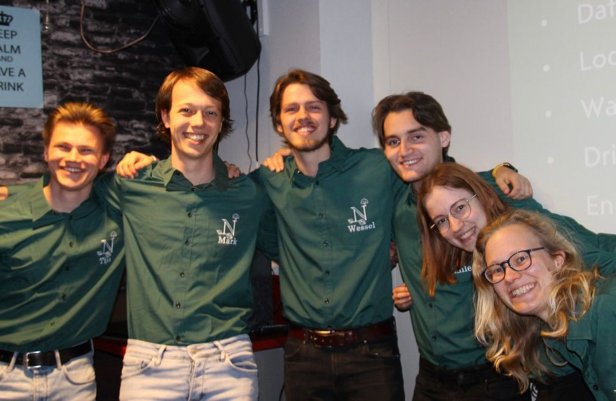
Let’s keep the conversation going — and see you at the next one?
An impression of the day 👇